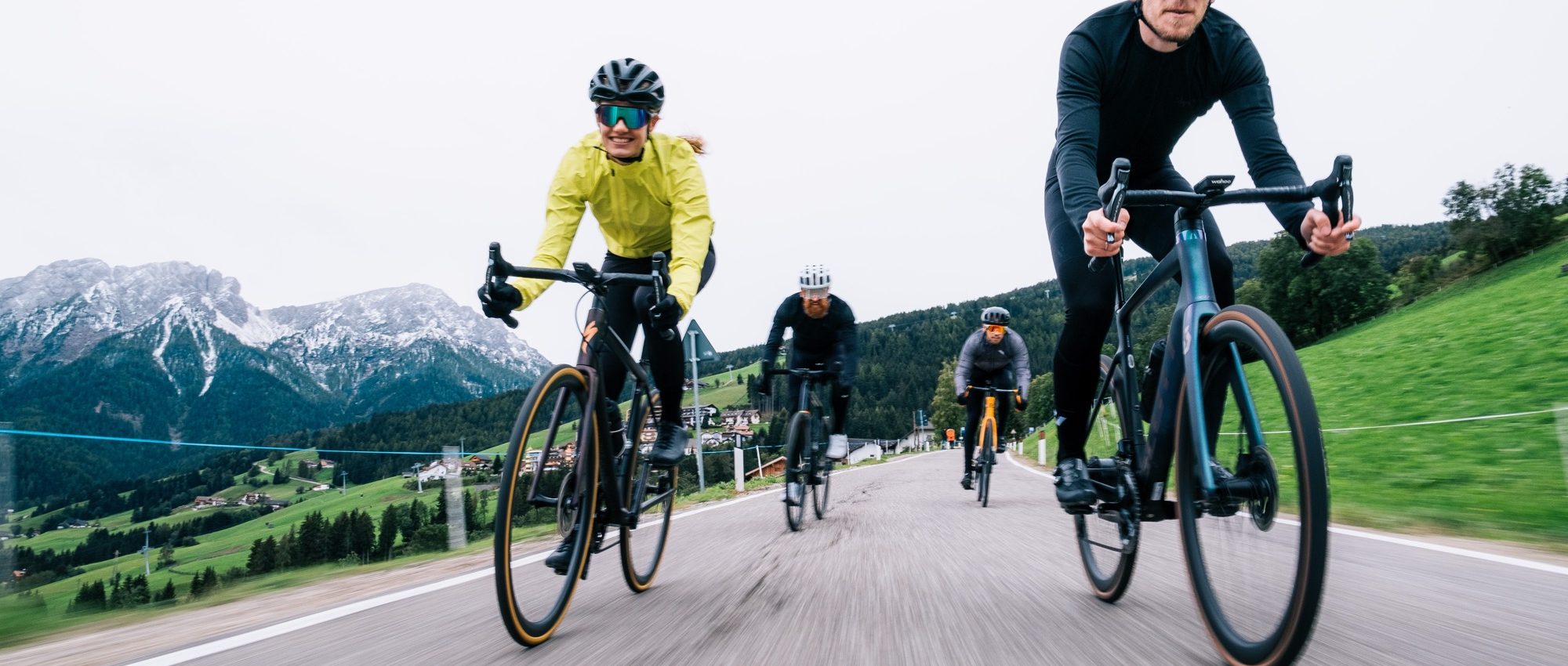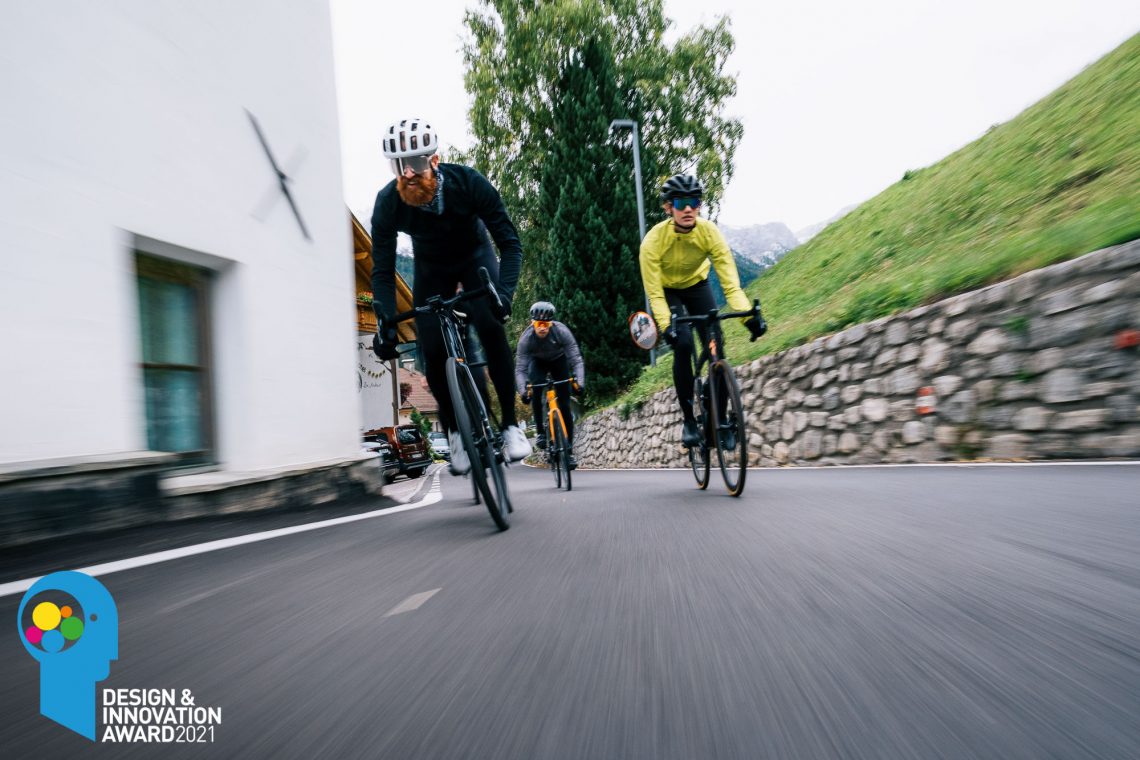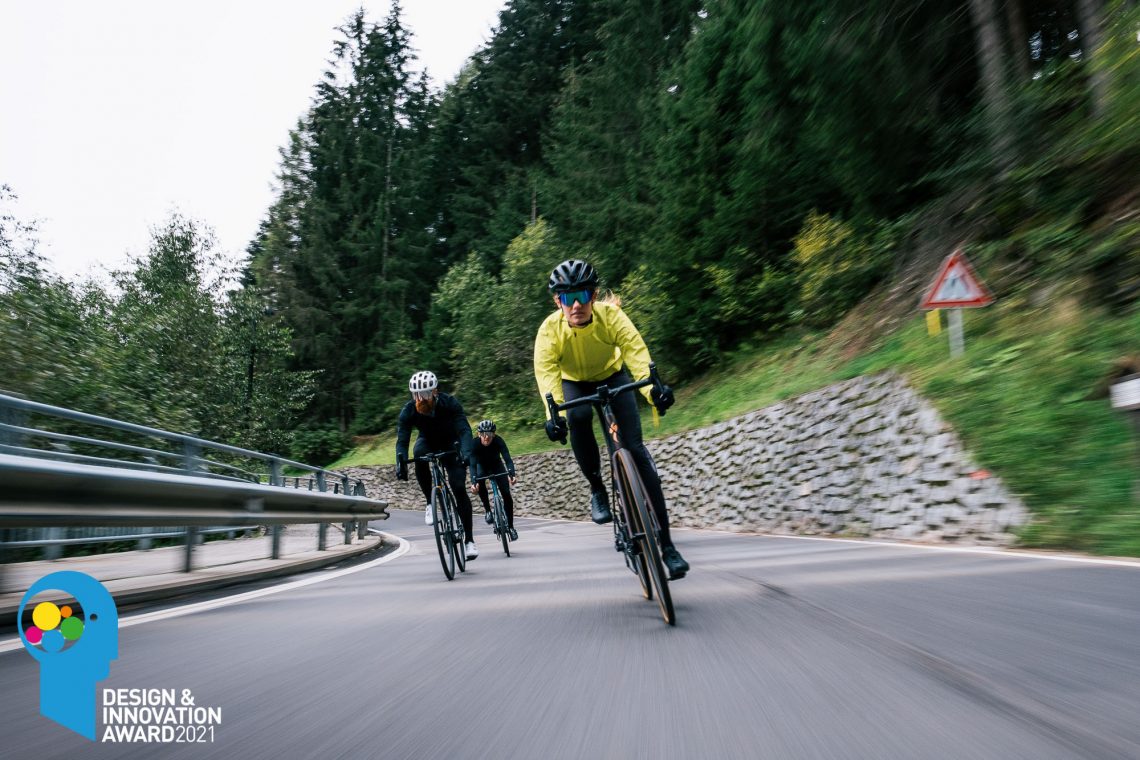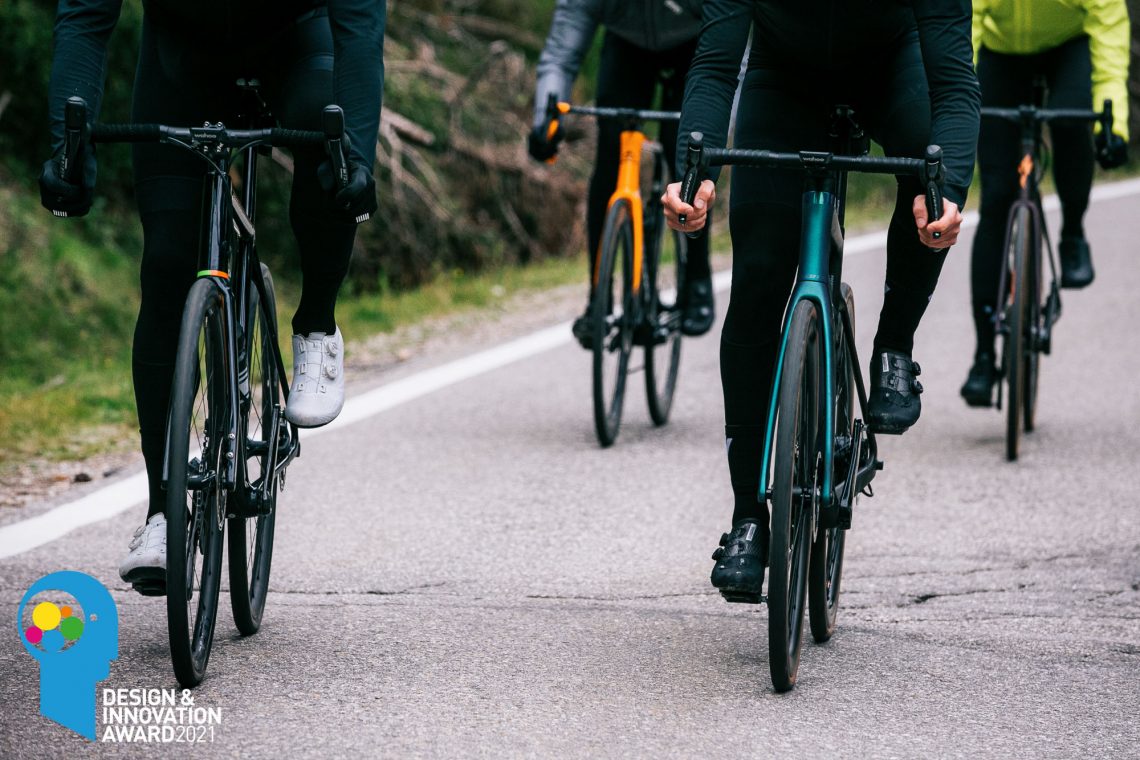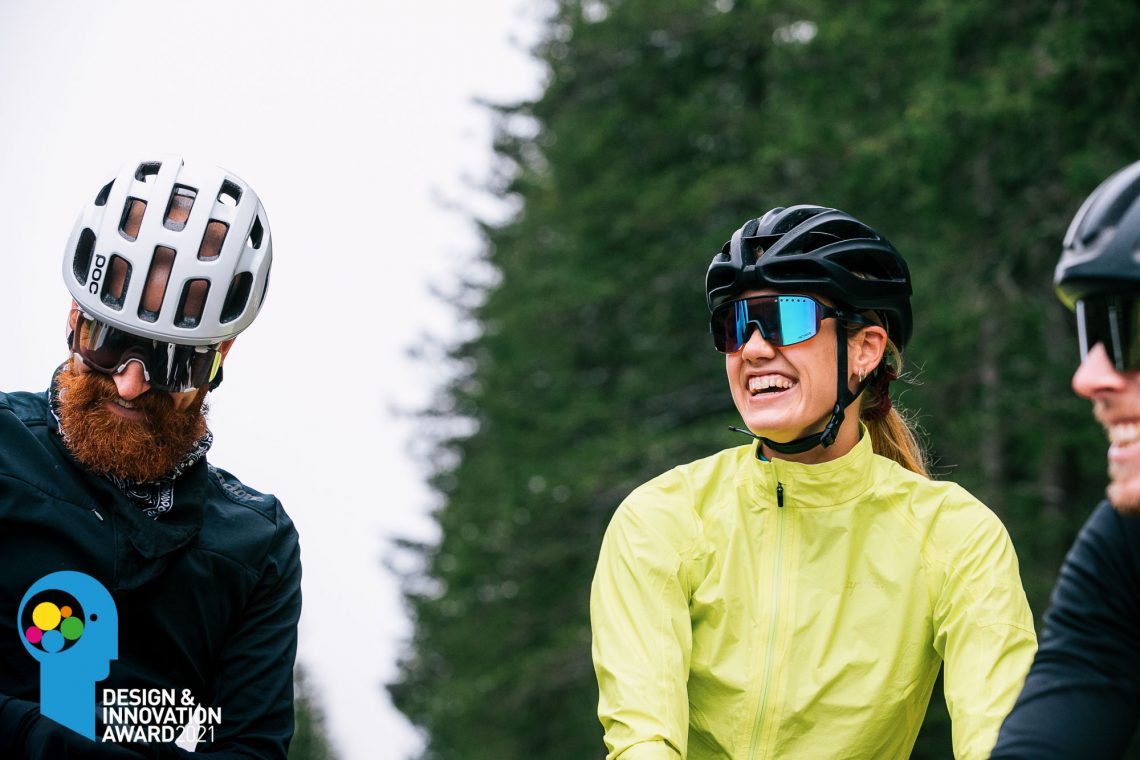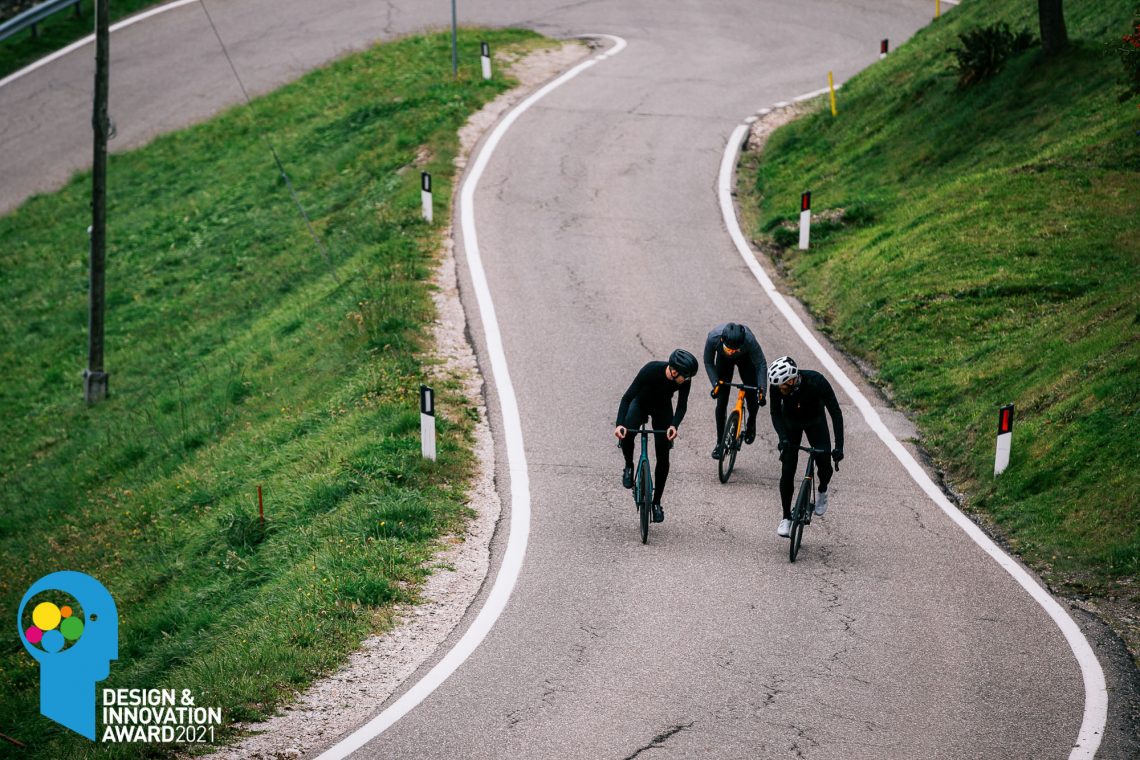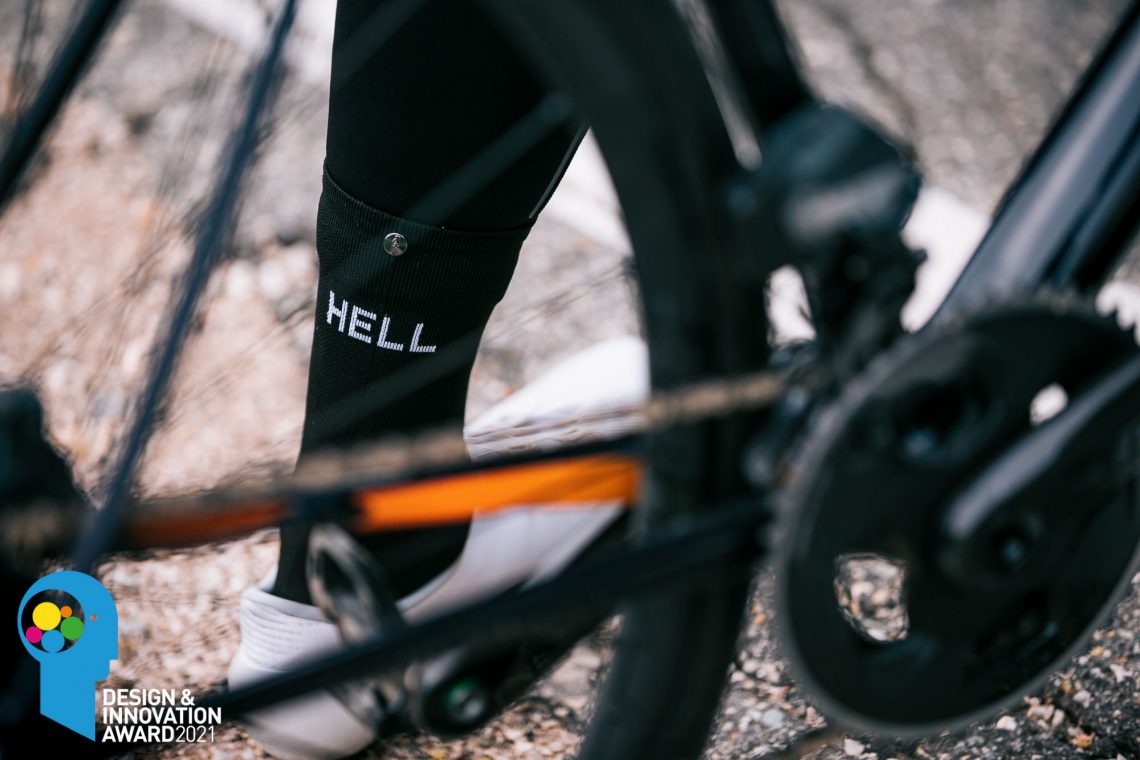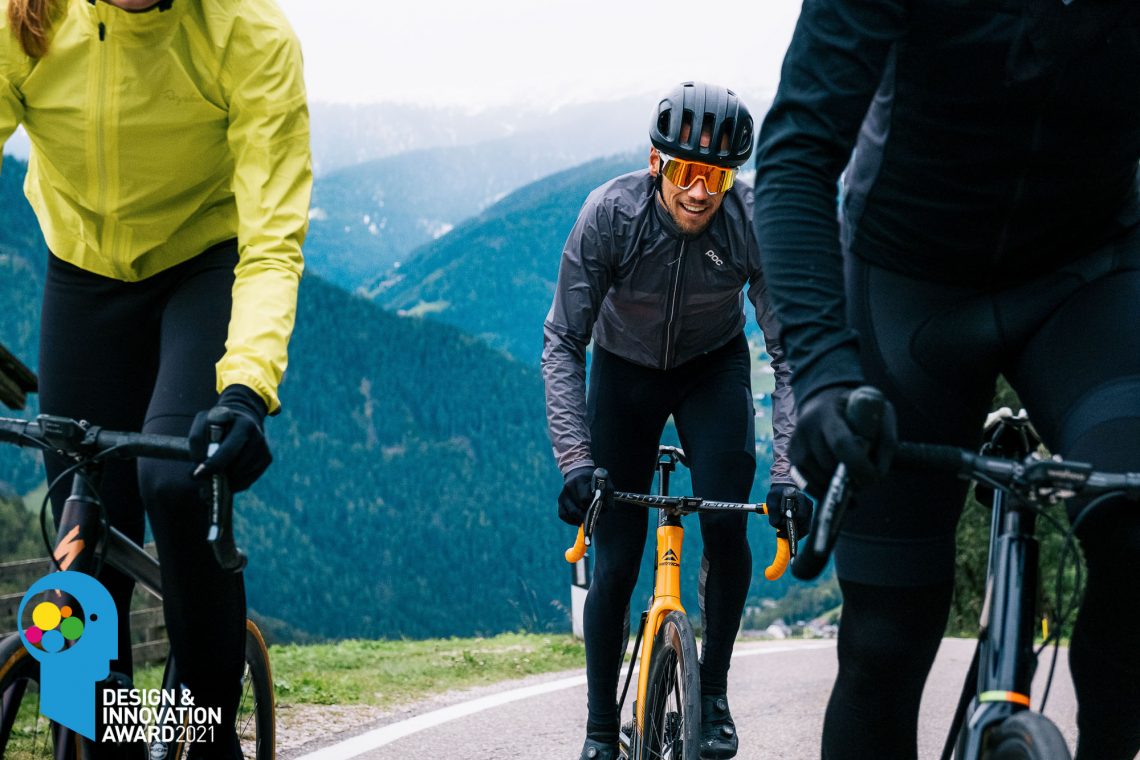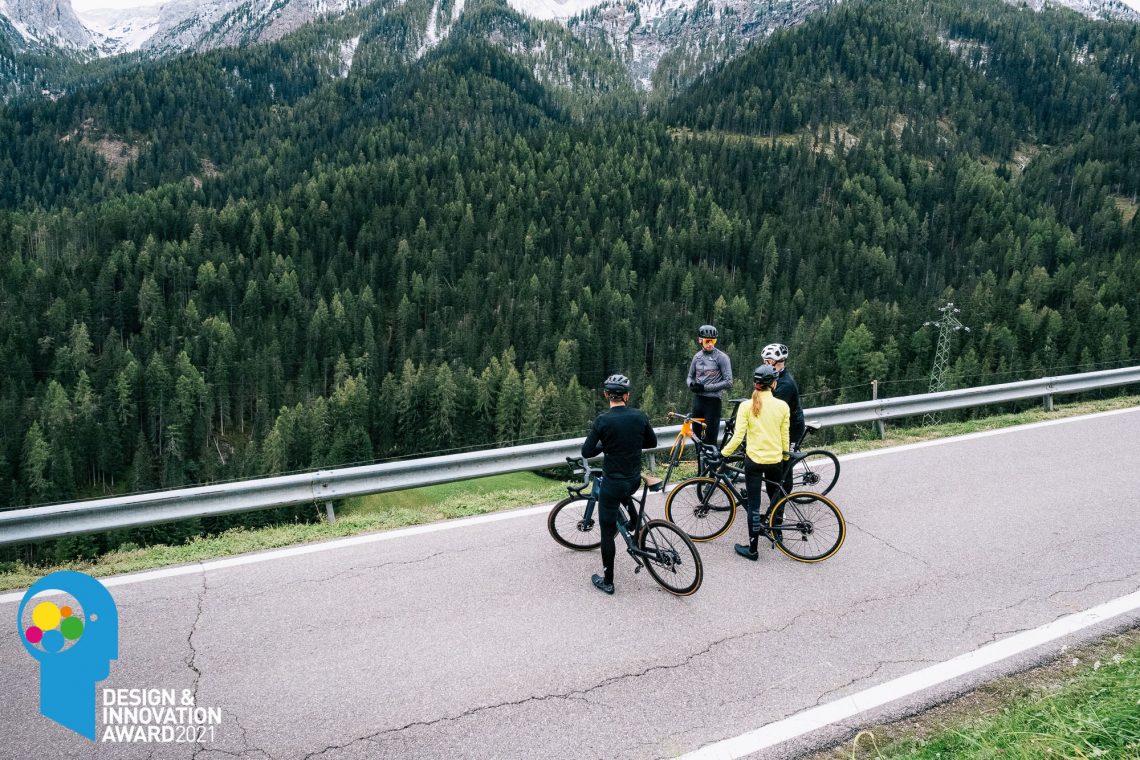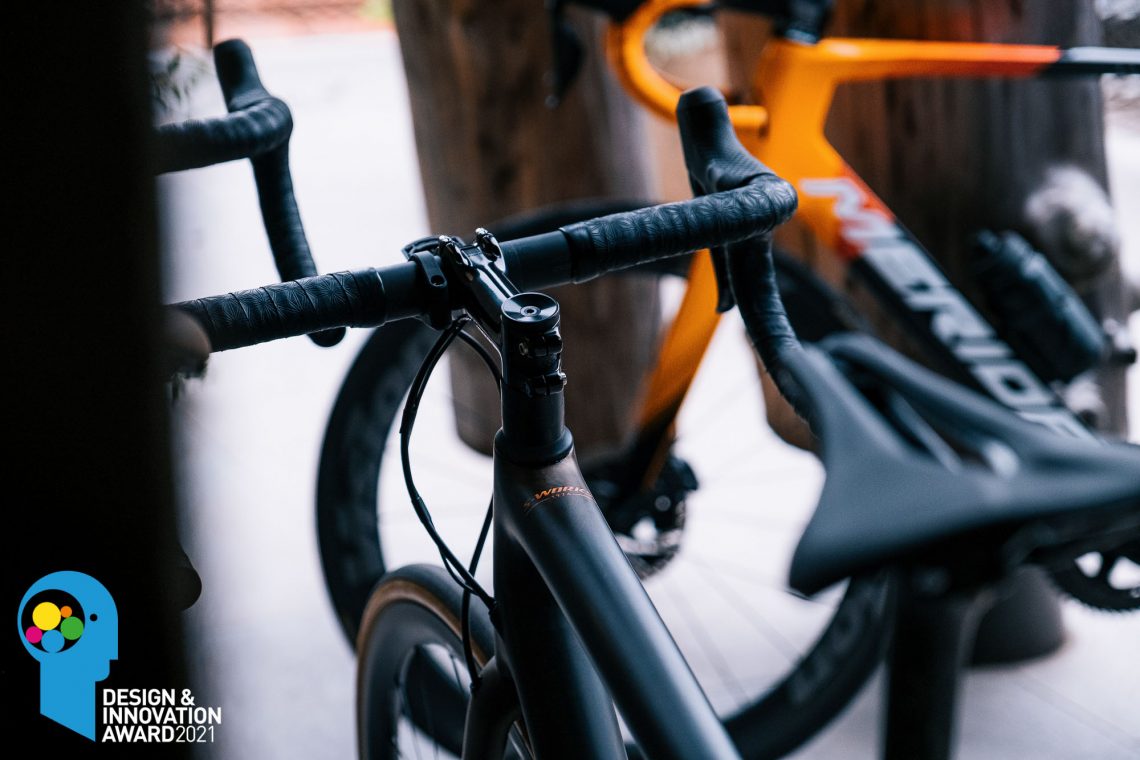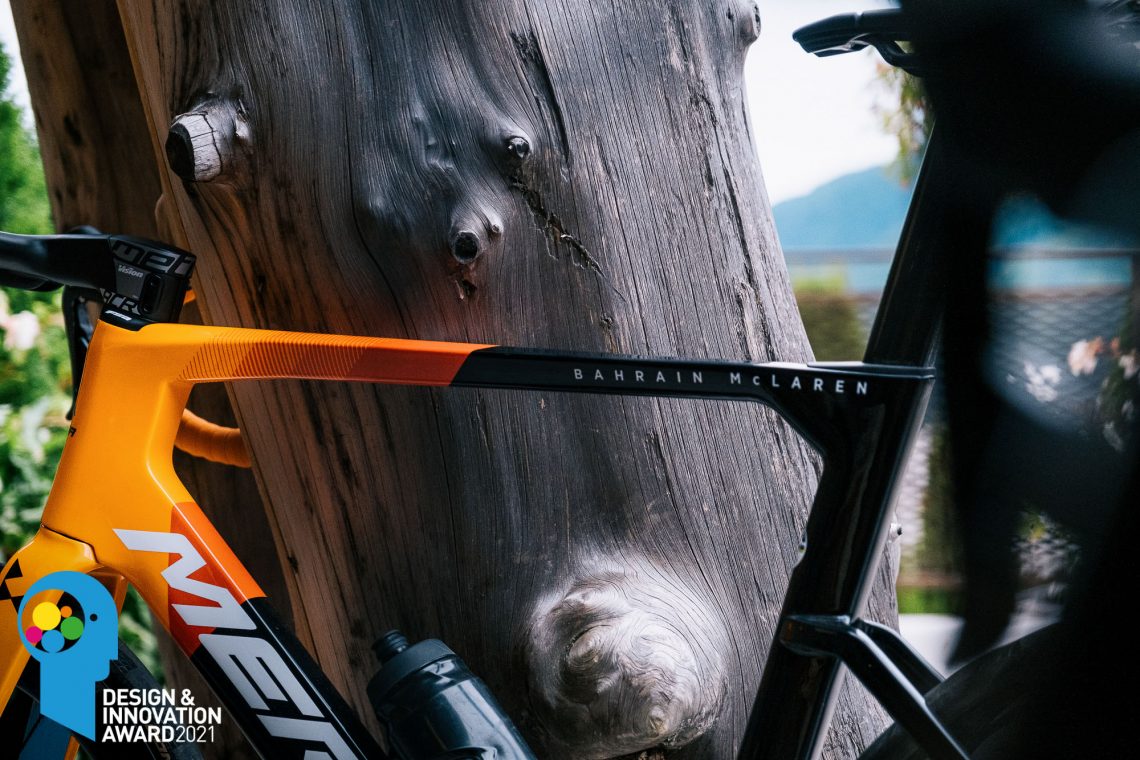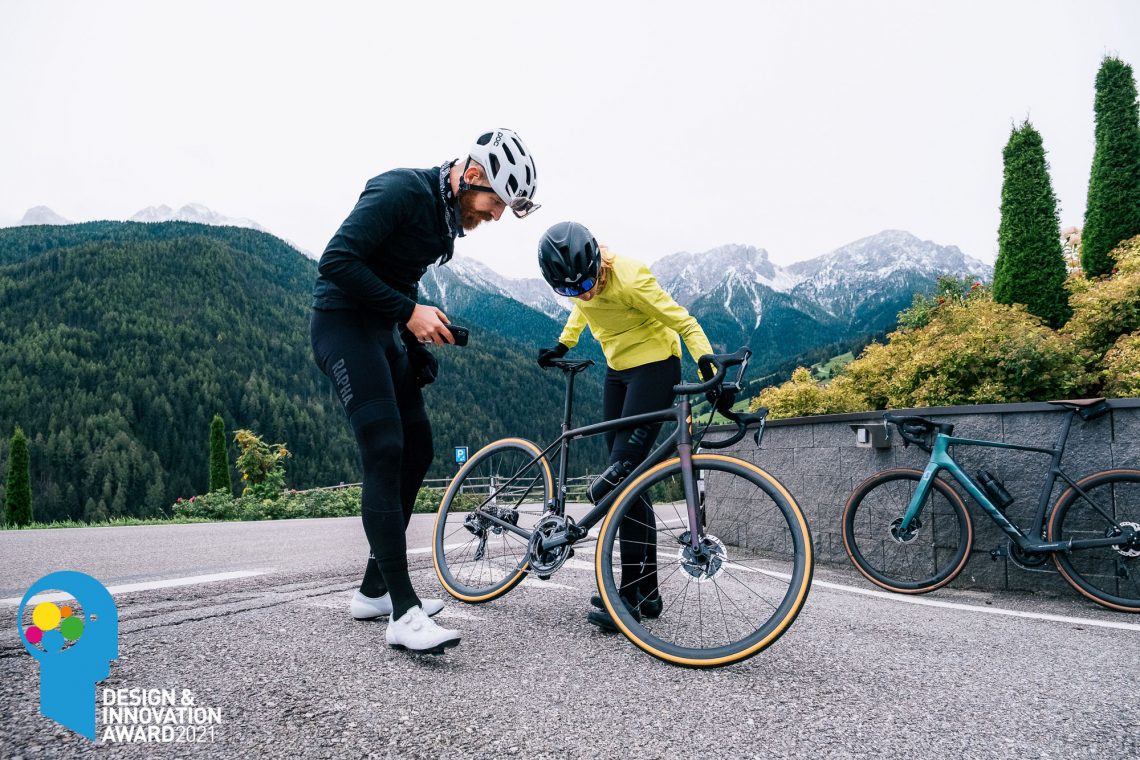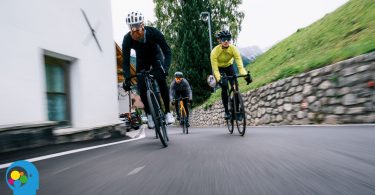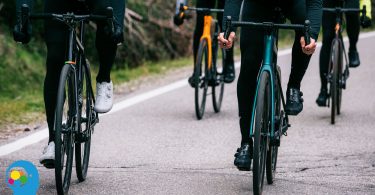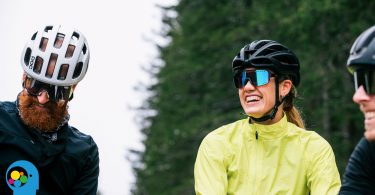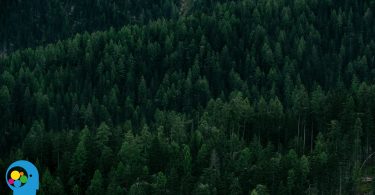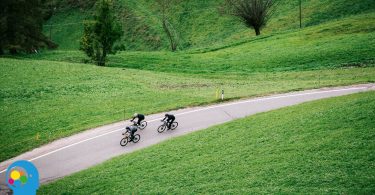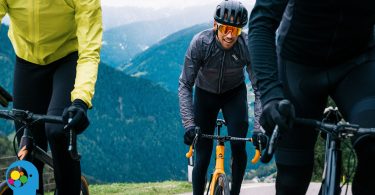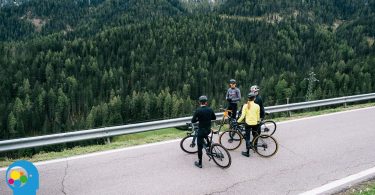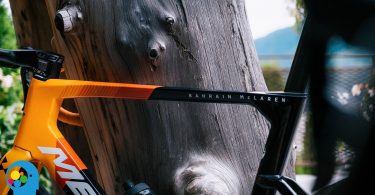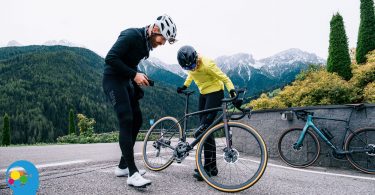They are in great demand, make our hearts beat faster and are becoming increasingly rare: retreats and holiday gems that have been spared from mass tourism. The municipality of Olang in South Tyrol, located in the Pustertal, is an ideal starting point for exploring the Dolomites UNESCO World Heritage Site. Why? Read on to find out!
With less than 3,200 inhabitants, the dreamy municipality of Olang in the heart of the Fanes-Sennes-Prags nature reserve is anything but a tourist trap where the weekends bring with them the risk of getting trampled by a stampede. Olang is something like the anti-hero of mass tourism: family-friendly, active and close to nature. Picturesque landscapes with lush green meadows, cows grazing in front of a log cabin and the snow covered peaks of the Dolomites towering up behind it. There are only two places you’ll see scenes like this: on postcards and in Olang. Ok, admittedly you can probably find them in a few other places besides, but the fact is: if you like to be active outdoors, want to discover the unique scenery of the Pustertal and its wild, seemingly endless valleys, Olang is the perfect place to start from.

Road cycling in the heart of the Dolomites
The true beauty of the South Tyrolean mountains becomes clear on the way to Olang, as majestic mountain peaks, wild, romantic mountain streams and lush green meadows pass by your car window. If you want to enjoy the breath taking panoramas to the full as you arrive, you will be pleased about the Pustertal railway connection. This has existed in Olang since 1871 and – as some of you might remember – that is the same year in which Giuseppe Verdi presented his opera “Aida”, Charles Darwin published his treatise on human origins and Fyodor M. Dostoevsky published “Demons.” # uselessknowledge.
Of course, the best way to discover the true beauty of the landscape is from a road bike. Even if Olang isn’t at the foot of a legendary and world-famous pass, there are countless route options and the breath of the Giro d’Italia seems to be in the air. If you want to take it easy, you can warm up on Passo Stalle and take advantage of the refreshment stops in Antholz, which are conveniently positioned halfway up the ascent. In the footsteps of the Giro d’Italia, you can enjoy riding along the streets of the Antholz Valley. The last climb to the biathlon centre in Antholz makes for a grand finale that will give you that real Giro feeling.
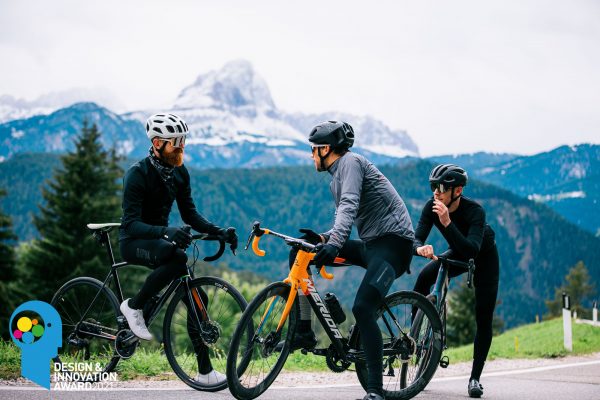
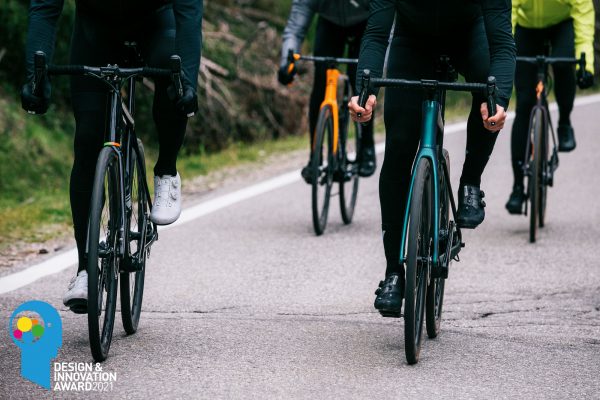
More experienced roadies can take the longer route to Lake Misurina. If you’re looking for speed, you’re sure to find it here at the latest: the speed skating competitions of the Olympic Games were held on Lake Misurina in 1956. However, most will find themselves drawn to the magnetic effect of the mountain panorama. There are plenty of opportunities to do so on the 80-100 kilometre route, letting your eyes wander over the mountains of the Dolomites – including a post card panorama of the Three Peaks!
The Pustertal cycle path offers the scenic route. Over a length of 80 kilometres and a total ascent of 1652 meters, it meanders between meadows and fields and the first section of it also passes a few villages and the small town of Bruneck. The sunny location makes the route accessible early in the season, and since you can take your bike on the Pustertal Railway also means that you don’t even need a car. Thanks to the extensive railway infrastructure, you can stop the ride whenever you feel like it and cover the rest of the way by train. It’s a family-friendly route for those who want to get the youngest riders on the bike without taking any undue risks.
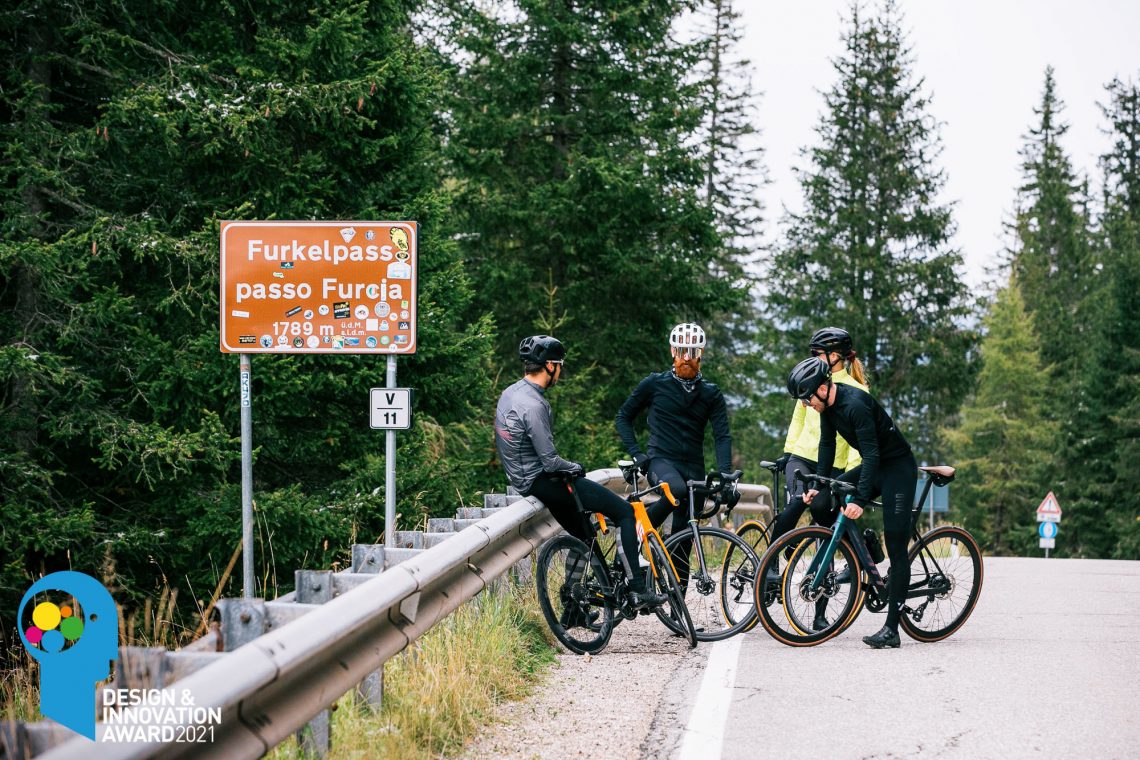
For those who wants to test themselves and their fitness in Olang, the Furkelpass offers the optimal conditions. The pass road, which is rarely used by cars, connects the municipalities of Olang and Enneberg. With an almost 12 kilometre long climb, riders will have to overcome an escent of 772 metres. When you arrive at the top of the pass you can choose to take either the descent to Enneberg and the long way back to the Pustertal via Bruneck or directly back down with a stop at the Alpin Panorama Hotel Hubertus. In addition to high-quality cuisine, it also boasts one of the most unique swimming pool experiences in the Dolomites!
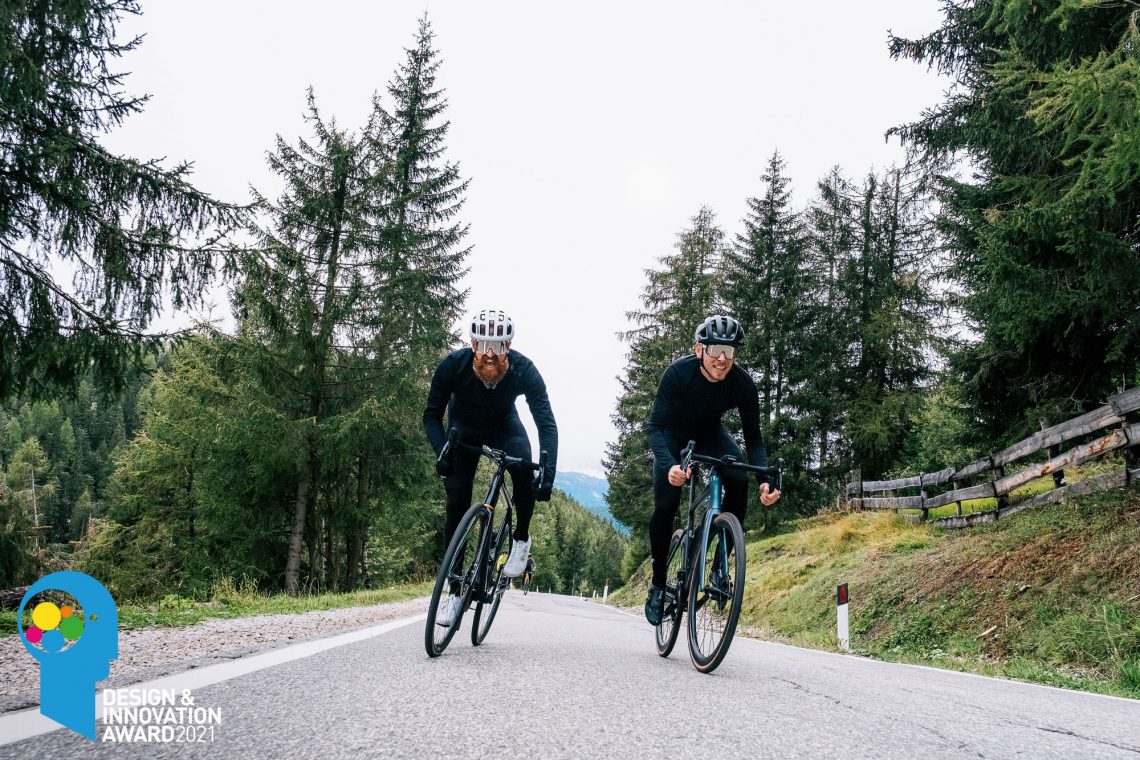
Olang isn’t just for bike enthusiasts
In addition to endless road bike potential, Olang checks all the boxes for the perfect family vacation. Various categories of accommodation? Yes! Good choice of restaurants? Yep! Huge play paradise and adventure playground in the children’s world in Olang? Yes and yes! With the HOLIDAYPASS you can participate in the village’s weekly activities for free or at a reduced price. These include everything from themed hikes with the whole family, bread baking, to trying your hand at archery and yoga classes. The HOLIDAYPASS gives you free access to all regional public transport. Which is perfect to go on a family bike ride at the picturesque lake Dobbiaco, for example. It is much less crowded than lake Braies, which you know from Instagram, but is almost as beautiful.

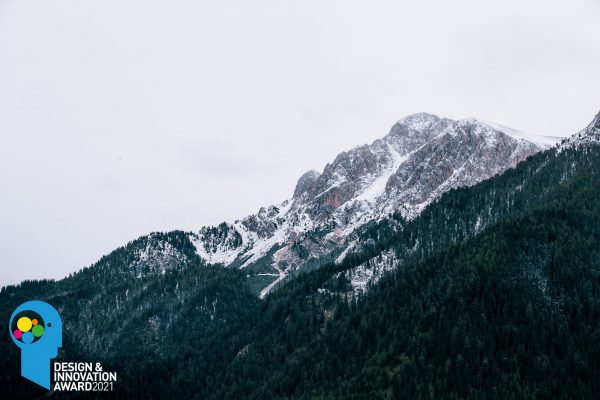
In the Fanes-Sennes-Braies nature reserve, the Rieserferner and Sexten Dolomites look close enough to reach out and touch. However, hikers, gravel riders and mountain bikers will realize that this isn’t quite the case soon after setting off. Those who want to experience the vastness of the landscape together with their youngsters will be delighted that numerous hiking trails in the region are suitable for prams. After all, Olang is the perfect destination in South Tyrol for active family. And it is well known that the best adventure is the one seen through the eyes of children.
Olang is not a remote adventure domicile for extreme sports enthusiasts, but an absolute jewel for families and riders with a love for the outdoors. Fortunately, it is still relatively unknown and therefore not yet overrun. If you’re looking for the perfect bike holiday with all the kids and with a diverse, regional offer of refreshment stops and activities, this is where you’ll find it.

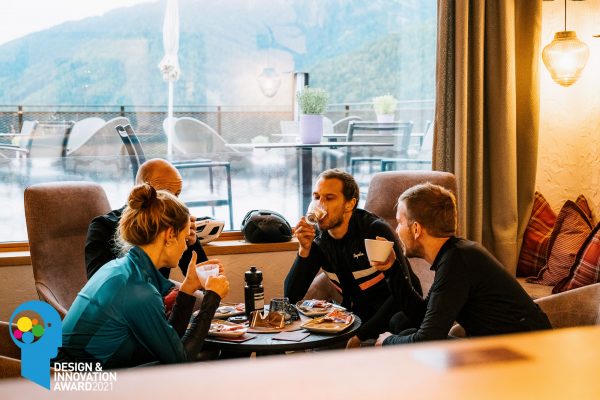
For more information, visit olang.com
For our Komoot collection with the best road bike and gravel routes in the Fanes-Sennes-Braies nature park, click here.

Words: Benjamin Topf Photos: Valentin Rühl



